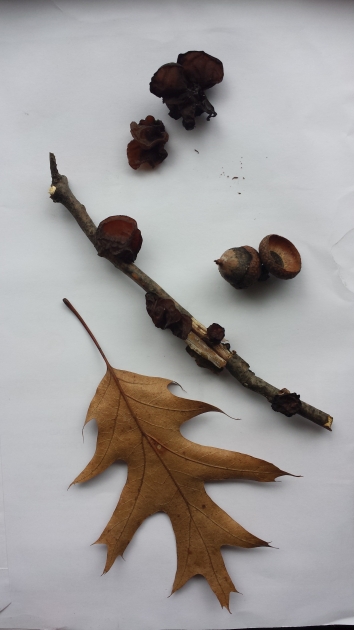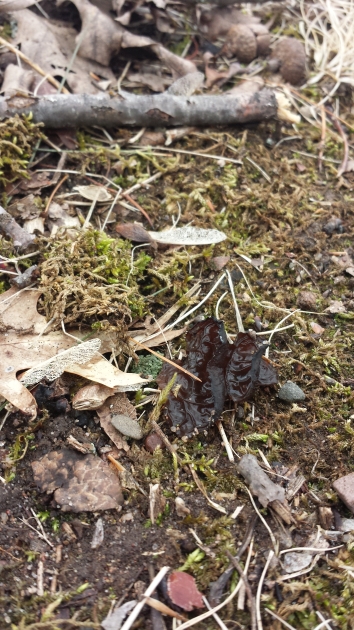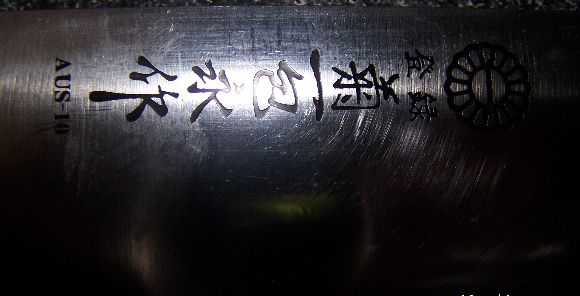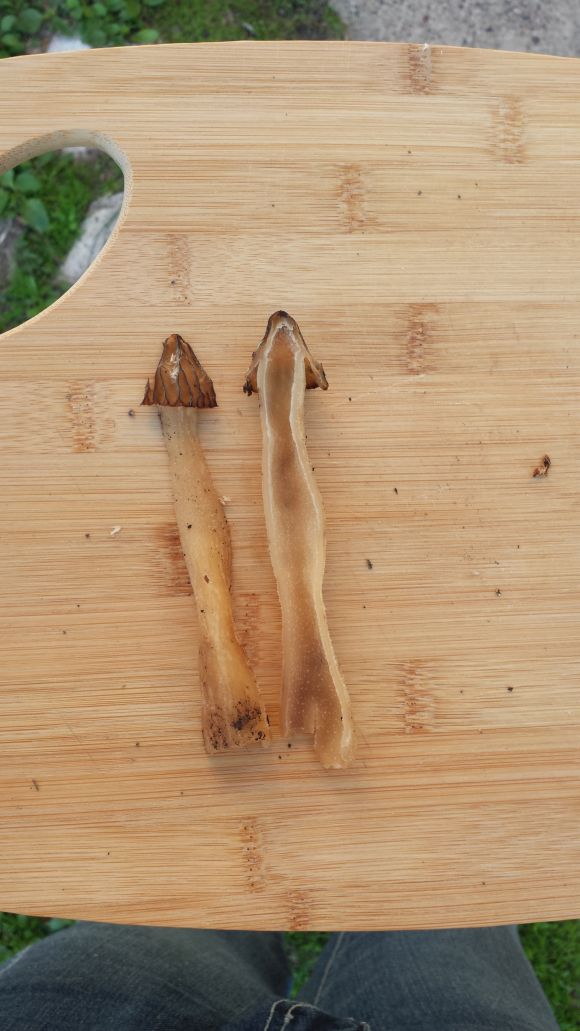
Exidia recisa (*Exidia crenata) : Amber Jelly Roll
When getting into wild edibles, it’s all about submerging yourself in the woods throughout the seasons and remaining present, inquisitive and flipping every stone. It’s ridiculous to think that anything edible (let alone a a Fungi) just falls from the heavens and lands right in front of you, begging to be eaten… Or perhaps it’s not as ridiculous as you would think?
The Ski Is Falling!
…And it’s bringing a Fungi with it. In the late winter of 2018, (late April according to some chicken scratch scribbles recounting the harsh Wisconsin winter) a sizable snow storm brought down nearly a foot of snow. It is in those moments where you can smell spring, taste the promise of sunshine, feel the warmth creeping in just to have the season’s birth ripped away from you; this is when it becomes unbearable and you can no longer hold up in the comfort of your warm home. It is a time when a pulse is returning to the earth beneath your feet and the trees are thawing and shedding weak branches under the weight of the snow and ice. Given proper time and place you’ll discover something more than just old limbs & foliage littering the layer of freshly fallen snow.

After collecting some fragments from a towering Northern Red Oak, I was elated to discover life thriving on the hardwood branches. Remember, Winter isn’t necessarily the most prosperous season for gatherers, especially in regards to edibles.

Fun Fact of the Day: Good Luck! The Northern Red Oak has been classified as either Quercus rubra L.or Quercus borealis L.throughout history, going back and forth due to matters of characteristic, location and perhaps the prejudices that come with trying to "eyeball" a classification. Today these names remain pretty much interchangeable when discussing Northern Red Oaks. An effort was made to nail it down in 1950 as it was published that Quercus rubra L. was the proper classification. But it's accepted both ways based on which books you read and who you're talking to because no one bothered to go back and edit the historical literature pertaining to the subject. The Beauty though is in the name itself showing that our scientific/taxonomy historians were coming from a place of love! Let me break it Down! Quercus: The Genus; the Latin word for oak, pretty basic at first. However, if you look into the origins of this word you find that it is believed to be derived from two Celtic words. Quer, meaning "Beautiful" to the Celts, and Cuez being their word for "tree". The Celt's were a pagan people who recognized the divine in nature as the core and very heart of their beliefs. The Mighty Oak was pivotal through their daily practices, folklore & religous ceremonies playing a large role and was highly revered. A genuinely Beautiful Tree indeed! Both specie names aiming at identifying specific indicators which would lead to a clear classification... Rubra: is derived from and synonymous to the Latin word, ruber meaning "red". Borealis: is Latin for "northern" or "coming from the north". So we are basically back where we started... Northern Red Oak. 3 Latin Words. 2 classifications. 1 Beautiful Tree!
Wisconsin has a different timeline, in regards to wild edibles, in comparison to a majority of the other states. Weather, Ecology, Biodiversity, History and Temperatures all play into when Wisconsin truly comes into Spring, and it’s not typically until late march – early April/early May. And of course there are years were we still have snow in June… In the past 10 years, we have observed 2 winter seasons the have hit the “Top 5 Snowiest Winter Ever” charts. Last winter was recorded at 97.9 inches (snowiest winter ever recorded in WI) of snow fall and also boasted a “Polar Vortex” that allowed people to freeze bubbles outside in the open air within seconds and solidify seemingly fragile items like and egg or a pear rock then use these items to hammer nails into wood.
I sought comfort and refuge in my notes on the Amber Jelly Roll in need of boosting my own morale. And, might I add, what a change it made!

This delightful little booger (quite literally) provided exercise, excitement, curiosity and a seduction through the possibilities of just how far it could stretch. Here in The Great North-Western Wisconsin, I’ve only found the Amber Jelly on oaks. The E. recisa is a fungi belonging to the Auriculariaceae Family in the order of Auriculariales, here in the states. Classification can be somewhat of a debate among taxonomists however I tend to trust the works of Michael Kuo given my proximity and his wealth of knowledge & research on the subjects; plus he seems to be wildly well read and unpretentious but determined to push the identification process into the next generation.

The Genus name “Exidia” means “Exude” according to John Stevenson, as he notes in one of his books, British Fungi written in the 1800’s… This is relevant because in 1822, Elias Magnus Fries (A Swedish Taxonomist) declared that the classification of the fungi had previously been insufficient and reclassified the Amber Jelly as Exidia recisa. Further more, Fries noted that the genus Exidia would be separated from the genus Tremella based on the shapes of the fruiting bodies (exuding as opposed to covering). Today, the genus Exidia has been viewed as more of a “catch all” for unclassified jellies. However, while the name remains, many of the fungi in the genus have been reclassified through the magic of science and molecular research.
On to Edibility: It has it’s highlights
This is a choice mushroom for the dehydrator in my opinion; or in a Pho and similar noodle dish. The gelatinous texture creates a good bite when eaten whole. Perhaps too good of a bite. It can be very chewy so I’d suggest a very thin slice when used fresh in a dish. When dehydrated, however, these mushrooms become a mere fraction of their original size. The amusing part is that they re-hydrate to a near 100 percent of their original size and loose very little quality. When pickling mushrooms for use as a garnish, I like to brine the dehydrated Amber Jellies so as they re-hydrate, they are replenishing the dry cells with the brine. The flavor is astonishing and the the application of the Umami rich Pickled Fungi is endless, tickling all six senses of the palate. This has been the best application I have come to love. They also dry down and offer a pungent mushroom flavor when powdered… however, the yield is “uninspiring” if I may; which has me leaning towards other applications.
(*Edited after initial publish: Thanks to Patrick Miller of The Friendly Fungi, for noting that Exidia recisa is the European taxonomy for this fungi, and here in the States a classification of Exidia crenata has been accepted.



